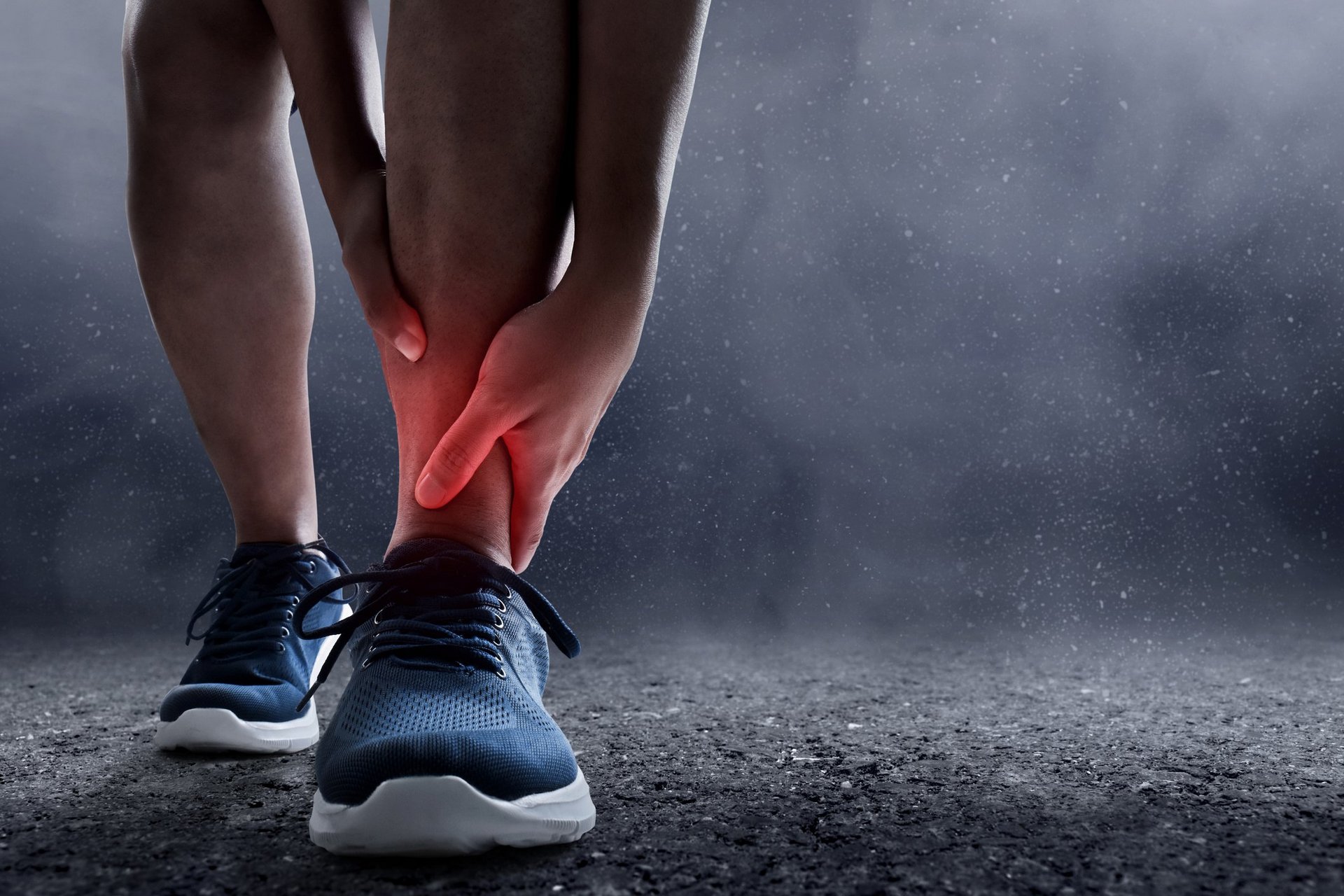After an injury, your body responds with inflammation and pain, prompting you to restrict movement to allow for healing. As discussed on the Pain page, this communication is vital for survival. In a healthy individual, soft tissues like skin, muscles, and tendons typically heal in 2-3 weeks, while bones may take around 6 weeks, and continue to mature over time to withstand stress needed for normal function. During this time, the adaptability of your body allows you to compensate by using alternate movement patterns to offset pain (e.g. limping). Once healed, the body should return to its former functional state, but improperly treated injuries prolong the guarding behaviour and heightens the sensitivity to pain (e.g. pain with bedsheets brushing against your scar). Our bodies learn through repetition and feedback; for example, babies learn how to stand and walk after falling more times than you can count. However, guarding limits opportunities for correction of compensatory movements and the body's overreaction to normal stimuli. Eventually, this affects your posture, muscle balance, and range of motion of your joints, reducing the adaptability of your body.
How you compensate is different for each individual. Our physiotherapist can help you identify incorrect movements and use manual therapy to correct joint motion, exercise to strengthen muscles, and neurofunctional acupuncture to reset the nervous system, enhancing muscle coordination and reducing pain sensitivity. Click here to learn more about neurofunctional acupuncture.
